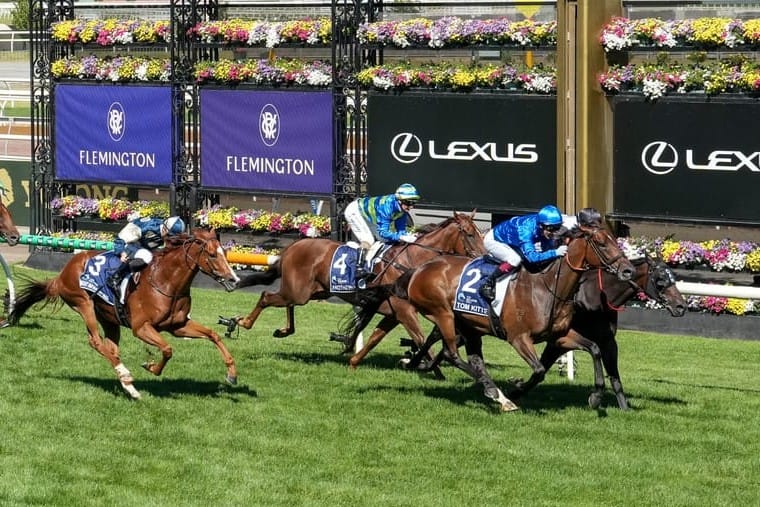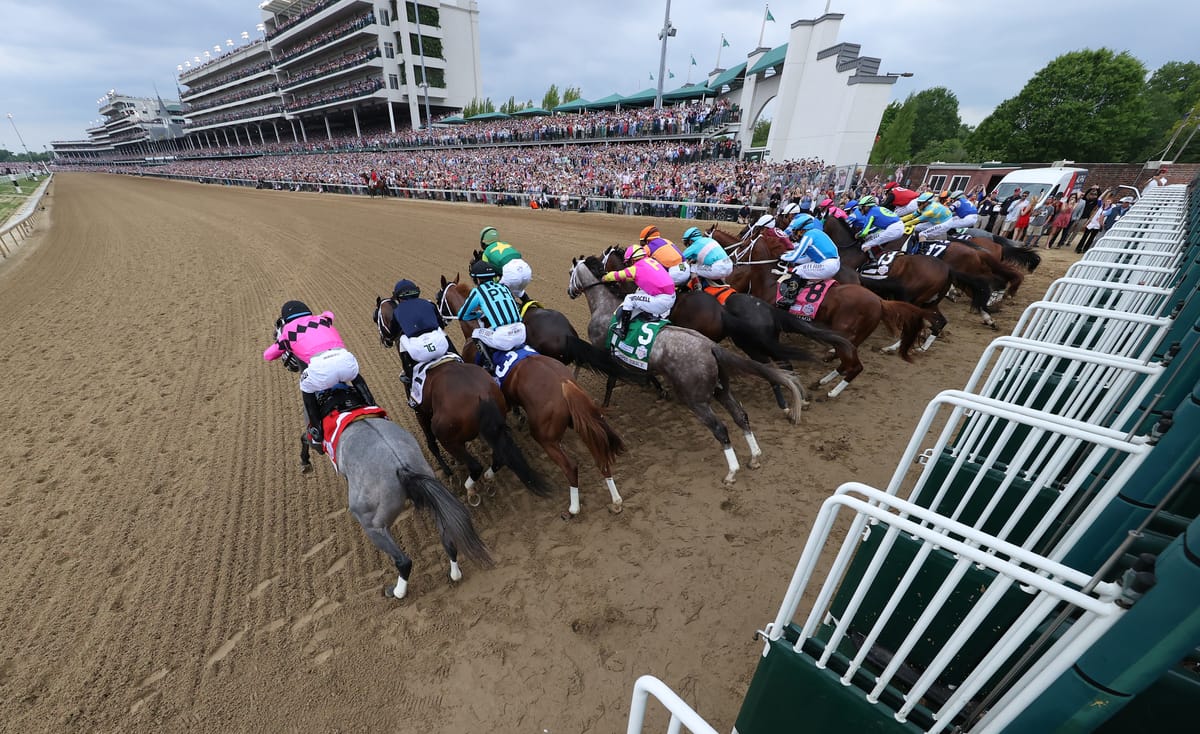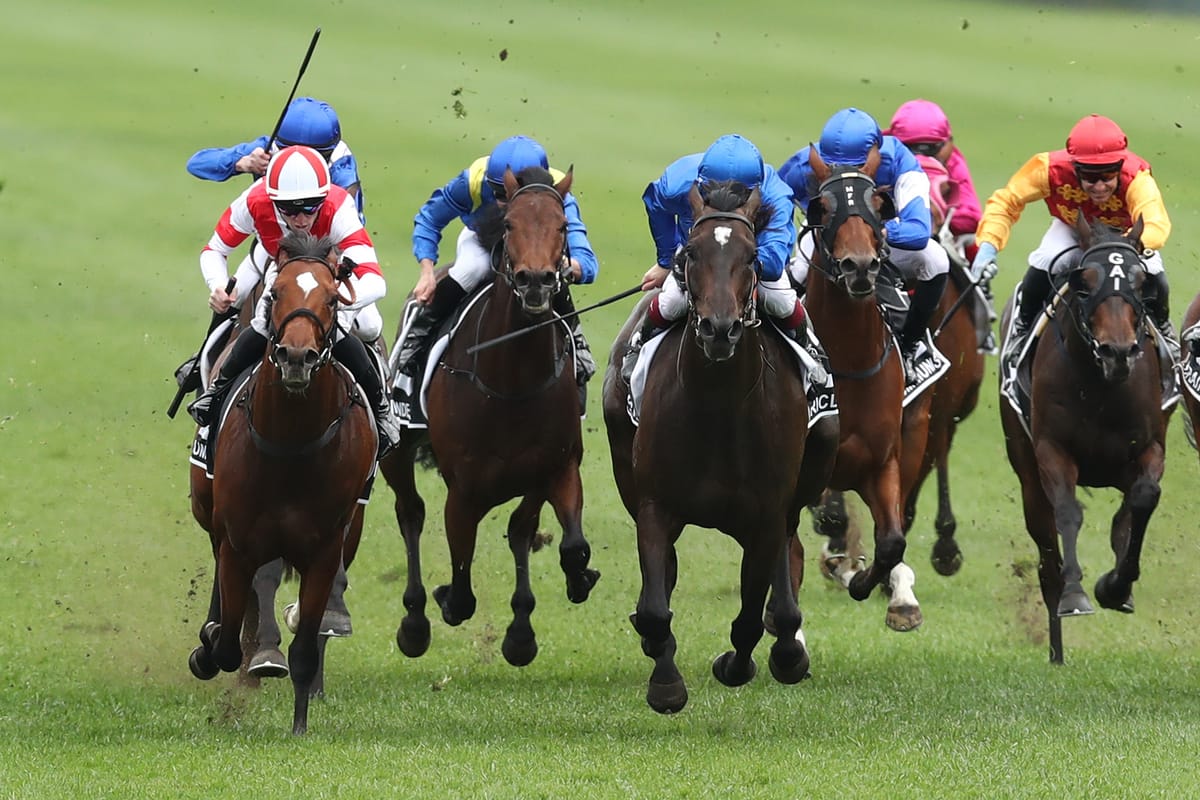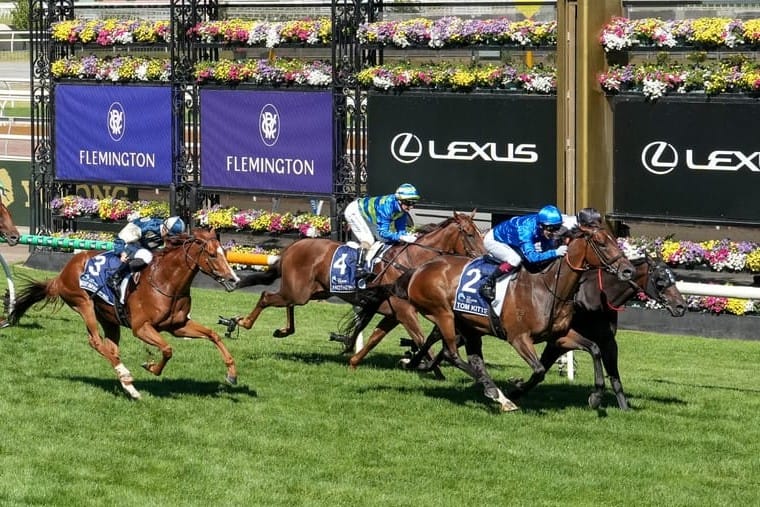For all the discussion about the Australian thoroughbred industry’s need to co-operate and focus on the future, its inability to sort through the mess that is the black-type pattern speaks to the lack of leadership when it comes to a truly national approach, writes Bren O’Brien.

Analysis: The first hopeful sun rays of the end of winter seem to signal three things to the Australian thoroughbred industry. Firstly, there is the promise of good racing to come, with the opening Group 1 contest of the season to be held this Saturday.
The second is the start of the breeding season. Foals have been arriving for weeks and stallions are being prepared for the annual three-to-four-month spell in the breeding barn.
The third is the annual unholy bunfight about the future of the black-type pattern.
Last week, racing bodies, clubs, and other stakeholders were briefed on the new process for the pattern, which is set to be voted on by Racing Australia.
In what has become the industry’s version of Groundhog Day - the movie as opposed to the traditional end of winter ritual in Pennsylvania - Racing Australia is testing the temperature of the industry with its latest briefing ahead of a resolution to be voted upon in the coming weeks.
State-based bodies, and state-based Racing Australia directors have been tasked with getting participants across the details. The response to the proposal has been frosty.
The chief objection remains that upgrades and downgrades will be powered by a ratings-driven approach as opposed to a committee-led system, which puts The Pattern in the hands of those who are seen as best knowing the fabric of the sport.
As one racing participant put it, a change to a ratings-based system is the equivalent of the AFL or NRL deciding that standings/ladder position will be decided on for and against, as opposed to premiership points. Or Cricket Australia deciding The Ashes will now be determined by who scores the most runs.
The understandable concern is that purely ratings-based upgrades become self-perpetuating for certain jurisdictions, which are best placed to attract the more highly credentialed horses because of prize money.
You will recall that the previous attempt to restart an Australian pattern process, which has been in a Punxsutawney Phil-type level of hibernation since 2019, ended in farce in the early spring of last year.

Racing bodies, namely Racing NSW and Racing Victoria, had apparently agreed on a way forward, with Racing Australia spearheading the process, but all hell broke loose when the participants heard of the plans for a suite of upgrades.
Racing NSW pressed forward with upgrading 17 races, while the other states smelled the breeze of discontent and hit pause. International pedigree authorities rejected the new status of the races, and so too did the Asian Racing Federation eventually. Racing Australia continues to recognise the upgraded New South Wales races.
There is now a farcical situation where there are in effect two patterns, the internationally recognised one, which has been stuck in a loop for seven years, with the exception of Group 1 acknowledgement for The Everest and the All-Star Mile, and the RA-version which has further bloated the black-type calendar, with no omissions made.
The Pattern vacuum since 2019 has also enabled two jurisdictions to adjust their Group 1 pattern of races in a way that would not have normally been allowed.
The movement of the King Charles Stakes and the Spring Champion Stakes in Sydney are two examples, as are the movement of the Thousand Guineas and Sir Rupert Clarke Stakes by the Melbourne Racing Club.
The MRC has since restored those two races to their original slot but has moved the CF Orr Stakes from later summer to late spring, something which would have been a breach of pre-2019 Pattern guidelines.
But the Australian black-type pattern process was broken well before New South Wales “went rogue” last year. It even harks back to before the Committee system was put on ice in 2019, a situation driven by the lack of recognition for The Everest.
The issue emanates from when the Australian Racing Board, Racing Australia’s predecessor, opted to commit to the Asian Pattern Guidelines in 2011. There was an enormous surge in races which were upgraded in black-type status, including 41 in 2013 alone.

The carefully crafted pattern had been broken due to a reliance on ratings as a measurement of whether races were considered for upgrades or downgrades. While in theory, it provided a sense of objectivity, the reality saw everybody clambering for upgrades and nobody willing to put their hands up for downgrades.
If international ratings guidelines were strictly applied right now, it is believed close to half of the Group 1 races in Australia for horses aged three and over would not make the cut.
Yet, since 2011, there have been a further six Group 1 races added to the Australian racing calendar, and no omissions. The number of black type races have grown from 575 to 613 (not including the additional Racing NSW upgraded races).
In comparison, Japan, considered the international benchmark for the pattern, has upgraded two Group 1 races since 2011, both in 2017. The JRA has resisted calls for the Sapporo Kinen, held last weekend, to be elevated from Group 2, despite averaging a rating of 116 on the previous three editions.
While The Pattern was initially designed to determine the best performers in each age, sex, and distance range for purposes of breeding selection and cataloguing, it also developed into an important engagement framework for fans and participants.
As one participant told The Straight. “People need to know how to determine the best races, it is no different than fixturing in any other sport.”

One of the reasons that The Pattern is so political is that it sits at the heart of the tension between racing’s traditions and racing’s ambitions for the future. Some have characterised that as a divide between breeders and the rest of the industry, but that is far too simplistic.
What it gets back to for those on the side of the established Pattern process is the fabric of the sport and how you measure elite performance.
By its very definition, they view thoroughbred racing as being about the supremacy of the contest, not the individual performance, as measured by ratings.
It is no different to any other sport where the feats of an Olympic champion are celebrated more than those of a world record holder. Elite racing is best defined by moments, not by sectionals, weights and measures.
Strong leadership within racing should seek to elevate that, while balancing other priorities such as competing interests. The challenge is now out there for the leaders of the sport to show that leadership.
Without it, Australian racing will be stuck in the same argument for another 10 years.








